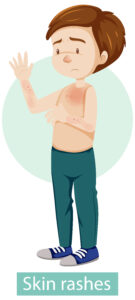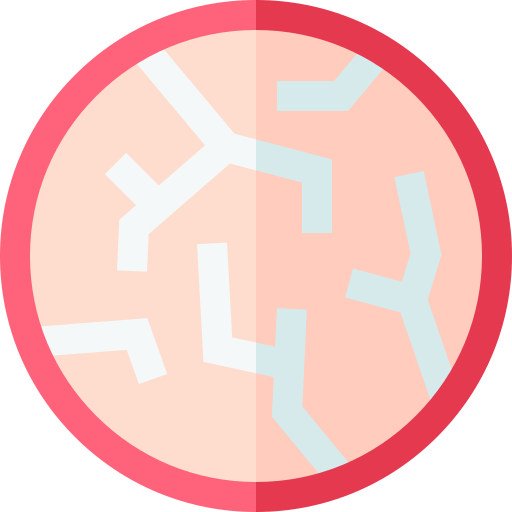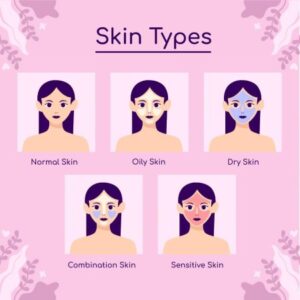
Understanding Different Types of Skin Rashes
Skin rashes can be a common problem, especially during the summer months when heating start in summer. They can be itchy, uncomfortable, and sometimes even painful, and unhealthy feel like. Understanding the different types of skin rashes and their causes and treatment. Here are some common types of skin rashes . like
1. Contact Dermatitis
Contact dermatitis is a type of skin rash that occurs when your skin comes into contact with an irritant or allergen. Common irritants include certain soaps, detergents, cosmetics, or even plants like poison ivy and hard ingredients in products. The rash usually appears as red, itchy, and sometimes blistered skin.
cure:-
To treat contact dermatitis, it is important to identify and avoid the irritant or allergen. You can also apply over-the-counter hydrocortisone cream to reduce inflammation and itching. If the rash persists or worsens, consult a dermatologist for treatment.
2. Heat Rash
Heat rash, also known as prickly heat, is a common summer skin rash problem. It occurs when sweat glands become blocked, leading to small red bumps or blisters on the skin. Heat rash is most commonly found in areas where sweat accumulates, such as the neck, underarms, or groin.
cure:-
heat rash, it is important to keep the affected area cool and dry. Avoid wearing tight clothing and opt for loose, breathable fabrics. Taking cool showers and using calamine lotion can also provide relief. If the rash persists or becomes infected, to consult dermatologist
3. Eczema
Eczema, also known as atopic dermatitis, is a chronic skin condition characterized by dry, itchy, and inflamed skin. It often appears as red patches on the face, hands, or behind the knees. Eczema can be triggered by various factors, including allergies, stress, or irritants,
Treating eczema involves keeping the skin moisturized and avoiding triggers. Use gentle, fragrance-free cleansers and moisturizers to hydrate the skin. Over-the-counter hydrocortisone creams can help reduce inflammation and itching. In severe cases, a dermatologist may prescribe stronger medications or recommend light therapy.
4. Psoriasis
Psoriasis is a chronic autoimmune condition that causes the rapid buildup of skin cells. This leads to thick, silvery scales and itchy, dry patches on the skin. Psoriasis can be triggered by various factors, including stress, infections, or certain medications.
Treatment for psoriasis aims to reduce inflammation and manage symptoms. Topical treatments such as corticosteroids or retinoids can help control the condition. Phototherapy, which involves exposing the skin to ultraviolet light, may also be recommended. In severe cases, oral or injectable medications may be prescribed.
5. Allergic Reactions
Allergic reactions can cause skin rashes, hives, or even swelling. Various allergens, such as certain foods, medications, insect bites, or latex can trigger these reactions. The rash may appear as red, itchy bumps or patches on the skin.
If you experience an allergic reaction, it is important to identify and avoid the allergen. Over-the-counter antihistamines can help relieve itching and reduce the allergic response. In severe cases, seek immediate medical attention, as a severe allergic reaction can be life-threatening.
Conclusion
Skin rashes can be bothersome, but with the right understanding and treatment, they can be managed effectively. Whether it’s contact dermatitis, heat rash, eczema, psoriasis, or an allergic reaction, identifying the cause and taking appropriate measures can help alleviate symptoms and promote healing. If a rash persists or worsens, it is always best to consult a dermatologist for proper diagnosis and treatment.





